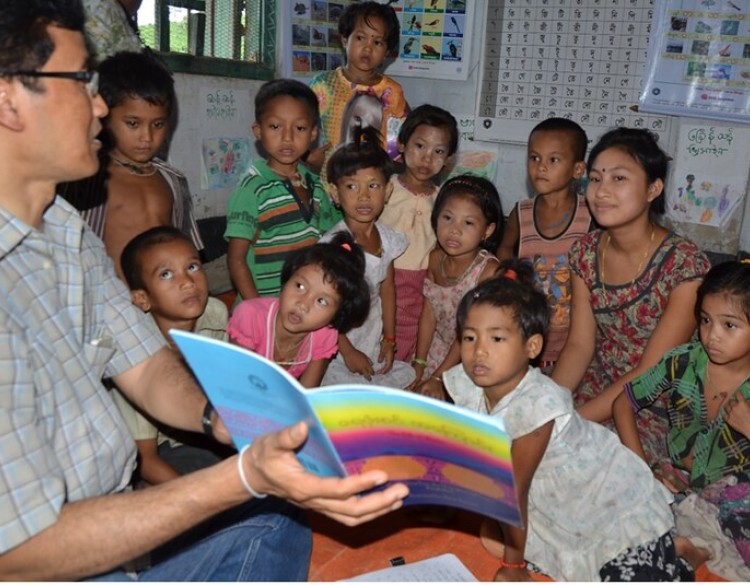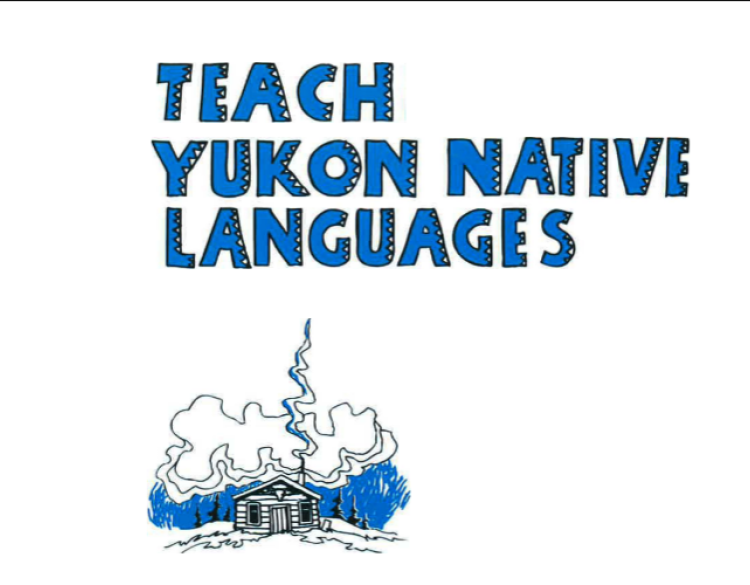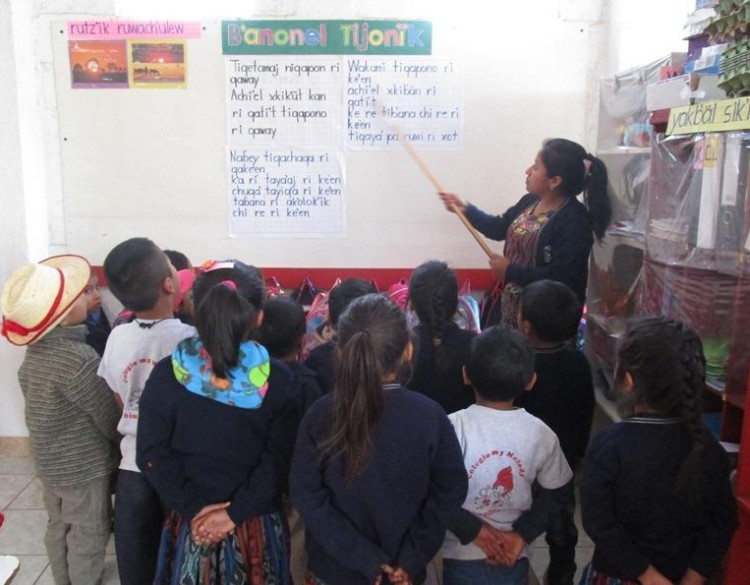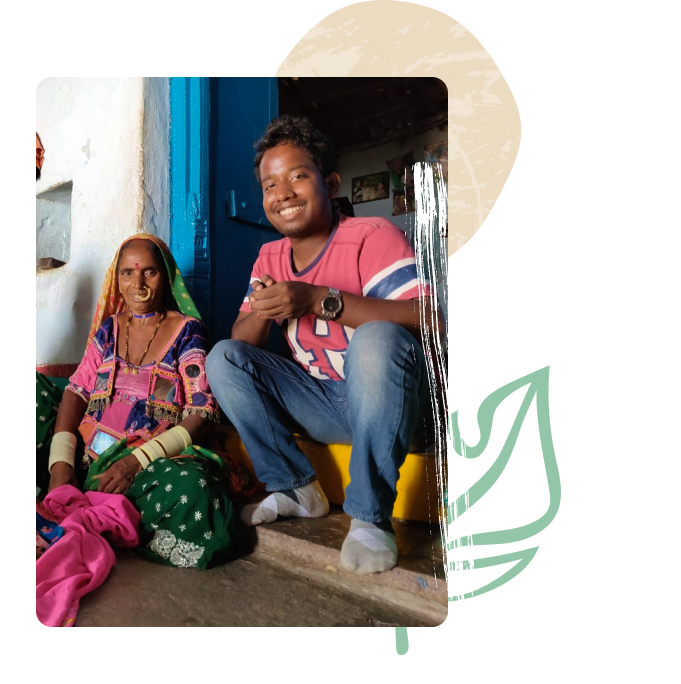Indigenous language education takes place in many places and contexts, and there are many different ways that language education can happen. Education was a strategic target of colonization - and Indigenous and endangered language communities have been working hard over generations to regain the possibility of educating their communities in their own ways. Individual educators and community initiatives have come up with multiple, diverse, and innovative ways to educate younger generations, both in and out of schools. This resource collection has been created for a diversity of educators in different contexts.
These resources are for educators working toward the revitalization of Indigenous, endangered, and minoritized languages within these communities. If you are interested in language revitalization and education, here are some useful resources that are grouped by topic.





